Into the wild: Courtney’s blog
on Jul 01, 2015Part 4: It’s all in the question
Is there such a thing as a stupid question? My dad thinks so but questioning is the only way we’ll learn something new; that is the whole concept behind science and what has led us to what we know today. In the words of Kaitlin Hollon “Always ask the questions you want to; life is too short to know if you will get a second chance to ask, and the afterlife is probably too long to wonder what the answer may be”. The Dalai Lama said something along the lines of if you listen to an answer, you’ll learn something new but if you merely answer the question, you’re repeating something you already know. That all said, as rangers, we are asked a host of what might appear to be rather obscure questions at times. Besides the chuckle they initially illicit, the question can lead to an unexpected and informative answer thus my belief that there is no stupid question.

There is a time and place for particular questions and if it is not kosher to ask at the specific time there is always Google. Asking something at the wrong time or to the wrong person may result in the question not being answered correctly or interpreted as silly. Let me explain...
When planning a trip to Africa one should be aware that it is a VERY big continent and as a result it has a large array of different environments and thus various animal species suited to each of those environments. Indeed, South Africa is no exception, with certain species only occurring in specific niches; for example meerkats. If there is a particular animal that one would like to seek out, you should communicate this to your travel agent so that the booking of your safari is in the correct location and most suited to you wishes. Regarding primates, unfortunately Chimpanzees and Gorillas are tropical forest animals and neither of which occur here in summer nor winter. We do however have my personal favourite species, the Vervet monkey, as well as a larger Chacma baboon which are guaranteed to keep most people entertained for hours on end, and best of all you may see them all year round – there is no migration.
Whilst we do get a myriad of migratory bird species in summer, we only see local migratory patterns of mammals such as that of the massive breeding herds of buffalo in winter. Once again, another factor to bear in mind when choosing a time to visit South Africa! So by asking a simple question such as “what animals might we see on a safari at Sabi Sabi?”, to your travel agent, you would have ensured that you were going to the right area, at the right time, to see what it is that you would like to see and in doing so possibly learnt a whole lot more (such as the migrations) which may alter your travel plans. If you arrive in the Lowveld and tigers were on your wish list, other than asking the children at the EleFun Centre to draw pictures that we could hide in bushes along the way, there is very little more I can do to meet your aspirations. Asking abundant questions about tigers is also generally not productive. For example, due to the geographical separation of certain species, ethics regarding zoo populations and having never seen a tiger myself, I do not know who would win in a fight between a lion and tiger. But as the tiger is substantially larger (approximately 15% for a Bengal tiger), my money would be on the tiger, but back to the lions... A question aimed the wrong person or at the wrong time, may come across as a stupid question.
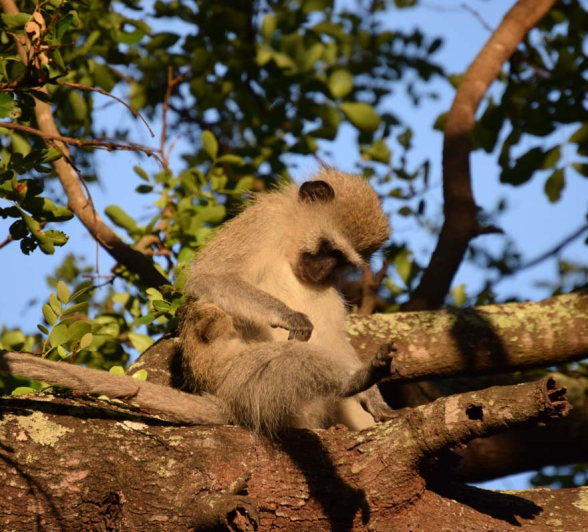
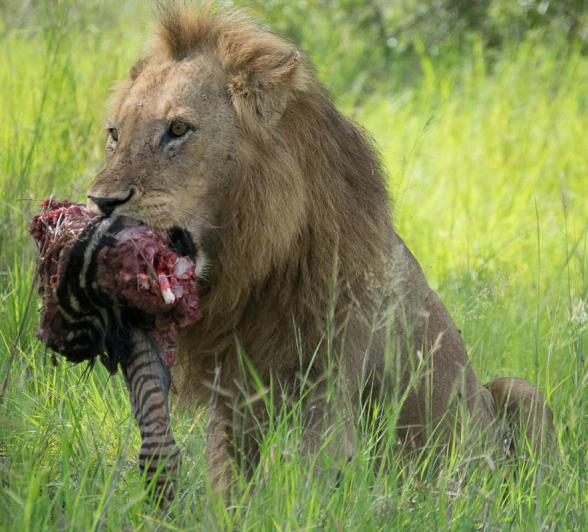
There is also a difference in the response one will get in the way in which certain questions are asked. For example, once at the lodge, the managers will orientate you on the daily routines and rules. This may now be a good time to ask general questions such as “what was seen on the morning safari?” as this may be an indicator of what may still be around. If you have particular species you would really like to see, by all means, do make us aware of this too, but be aware that neither of these will guarantee you the sighting you desire. Sabi Sabi is part of the Greater Kruger National Park, an area consisting of over 2.4 million unfenced hectares allowing all animals to roam freely where and when they like. As rangers, we know our area of work like the back of our hands, we have a vast knowledge base on the animals you are likely to see and we will do everything possible to get you to see as much as possible in the time you have with us. We have an idea of the areas we are more likely to find particular species because of their habitat preferences but as we are restricted to traversing on our private geographic area, it by no means allows us to guarantee you anything. So, if you ask us “what we are going to see on the safari tomorrow?”, I can be quite sure you may get some impala, but from that, I honestly do not know –even the weather man with all his instruments can’t guarantee his weather forecast to be accurate, and with animals with minds of their own, it is unpredictable. We and our guests love that, because it makes each day different and allows nature to reveal itself with daily surprises.
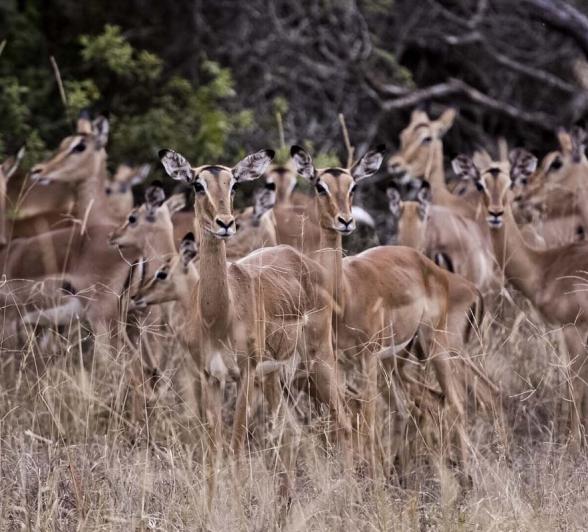
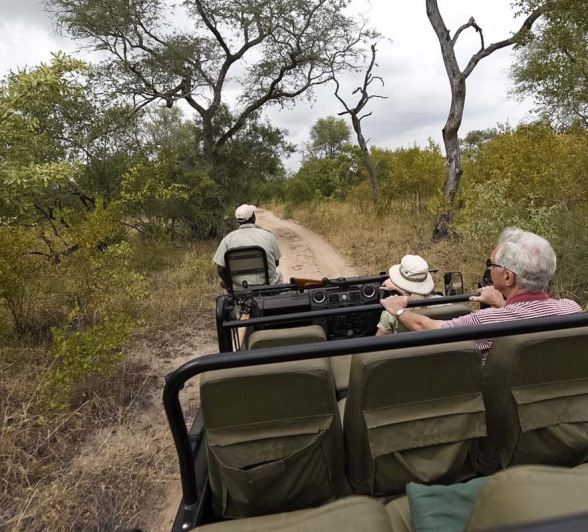
The really entertaining questions do tend to unveil themselves out of the lodge environment and during the safari. Owing to the long establishment of Sabi Sabi, the animals occurring here (for the most part) have been viewed by vehicle over their entire lives and so they have built a trust within the presence of a vehicle. Perhaps it’s a lack of reaction to the vehicles leading to the illusion that these animals are tame but I have been asked “how often do we pet the animals?” to which I answered, “once in a lifetime”.
To be able to view these magnificent animals in the ways in which we do, is not straightforward and there certainly is no reward programme for the cheetahs when they have given us a great morning photoshoot from atop a termite mound. It is simply their behaviour. Let me explain. Cheetahs have many predators and tend to live in open plains. By making use of termite mounds as vantage points they can identify both predators and prey from afar. This makes them very photogenic but it is not for our gain, it is for their survival. If we were then to reward them for their behaviour, they would then start associating people with food and that is where you get human-animal conflict. Attempt to “pet” one, and I highly doubt you would live to tell the tale or at least would not have hands to do it a second time around. Our relationship and trust starts with animals as youngsters. The method of vehicle interaction varies with the species but in the case of a cheetah, only one vehicle at a time would ever be allowed to view the cubs in the presence of the mother, at a distance of approximately 25 meters or more, with a maximum of three vehicles per safari. Over time this would eventually increase to two vehicles at a time and only once the cubs have left the mother at around the age of 2 years, would a maximum of three vehicles ever be able to view the cats simultaneously. Distance is dependant of how the animals react, using body language. Good rangers should be able to read the body language of the animals in a given situation and conduct their safari accordingly. Both distance and the number of vehicles will vary according to an animal’s daily behaviour and mood. So, a seemingly silly question, essentially educated a vehicle of guests on animal behaviour, how we conduct our safaris, human-animal conflict and interaction. Not such a silly question after all!

Lastly, don’t stress about something that is out of your control or allow yourself to be disappointed with an unexpected answer. A culprit myself, sometimes people get so worked up about seeing a particular species they imagine it and argue “Honey Badger! Honey Badger!” As I was told prior to becoming a ranger myself “we have this thing, it’s called experience”. The Honey Badger turned out to be a White-Tailed Mongoose, as the ranger had said it was. Perhaps he had more stamina, but in my experience, if you argue with us enough on the identification of a species, we will give in if it pleases you and looks somewhat alike “ok fine, it is a Wild Dog, not a hyena”; but be assured I have a strong will - there are no pink ostriches, even in zoos, they are flamingos. Many species do share physical similarities to exploit either the same niche or evade similar predators, all of which a good ranger should explain to you. This further reiterates that there are no stupid questions and by simply asking you might learn more than you expected.
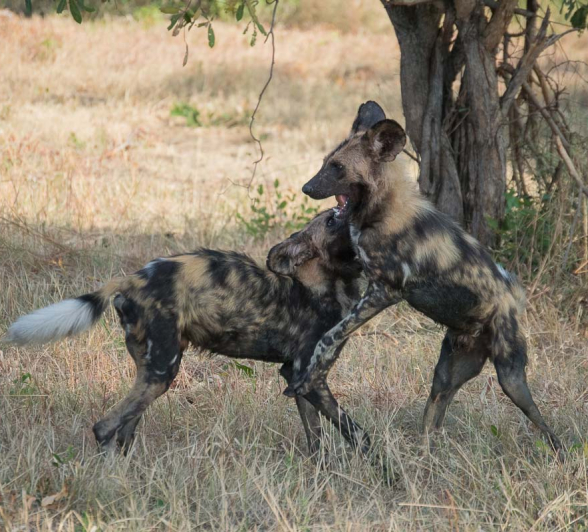
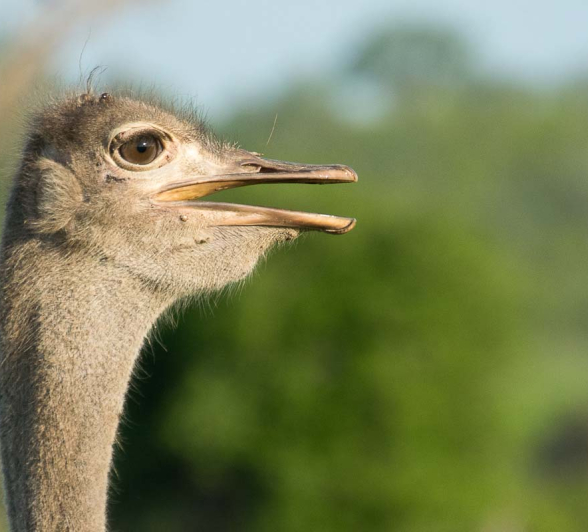
In the words of Dan Sullivan “questions are infinitely superior to answers” even if they appear to be ‘silly’ questions at times. They give rise to further questions which challenge what we know today and forever change the face of science. Albert Einstein, arguably the greatest scientist to have ever lived, put it perfectly when he said “the more I learn, the less I realise I know”. If any of you readers recognise some of the examples above, fear not, your secret is safe with me and your undecorated questions continue to lighten up my day reflecting on them. All of it adds to my experience in the bush that I am so privileged to have and tell the tales thereof. May we never be too old to continue to question and learn.








